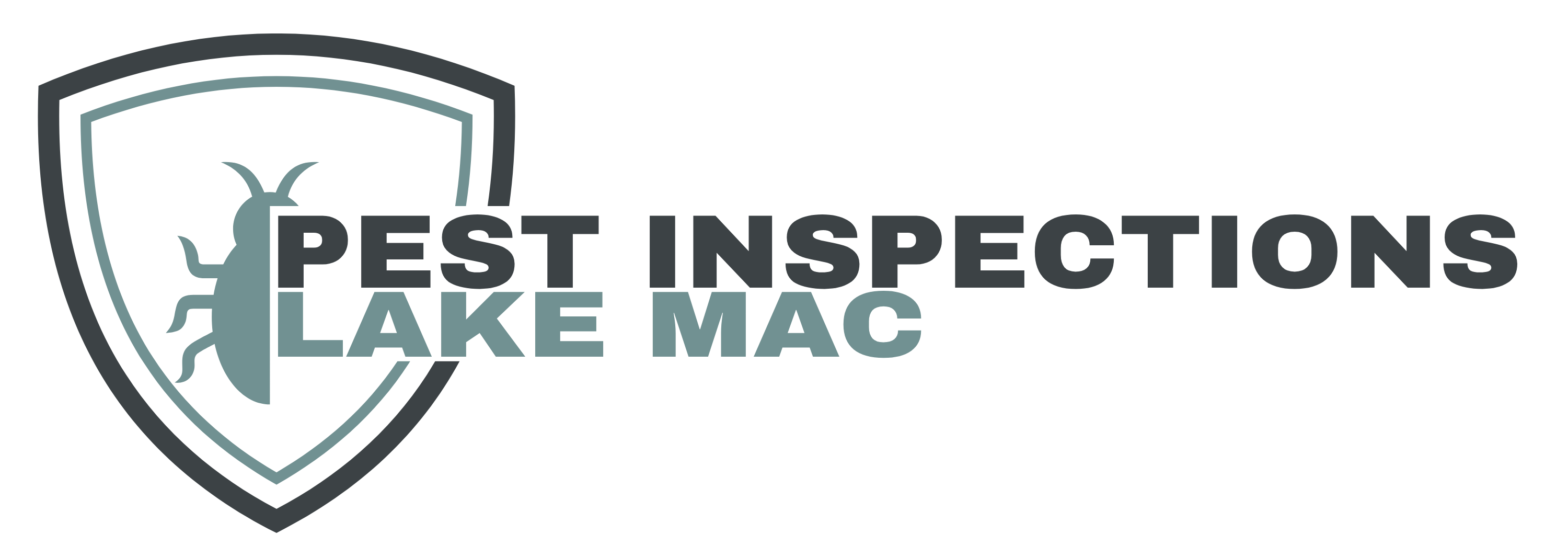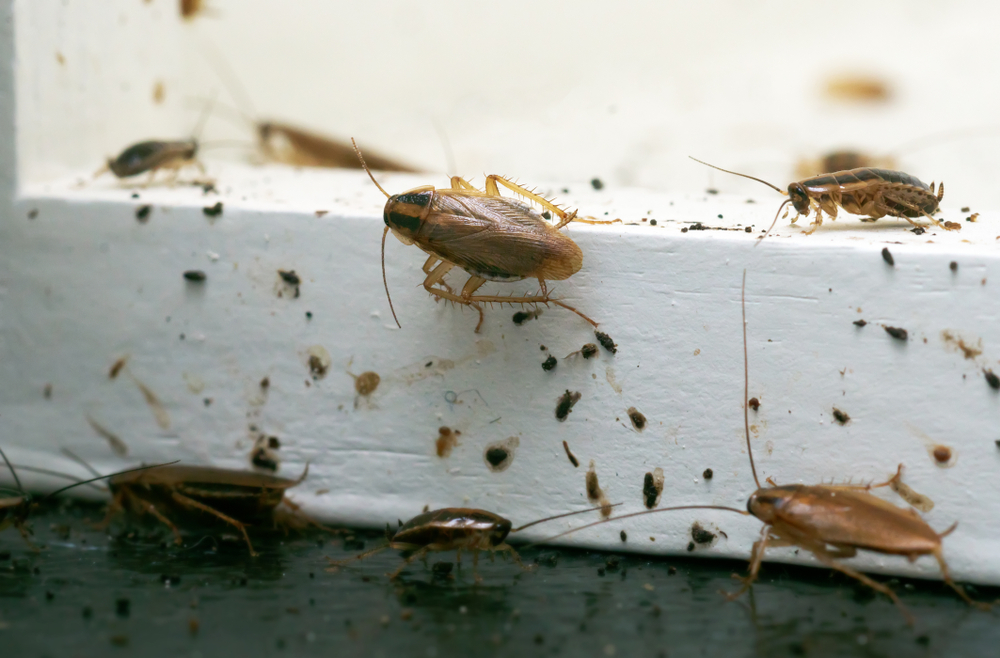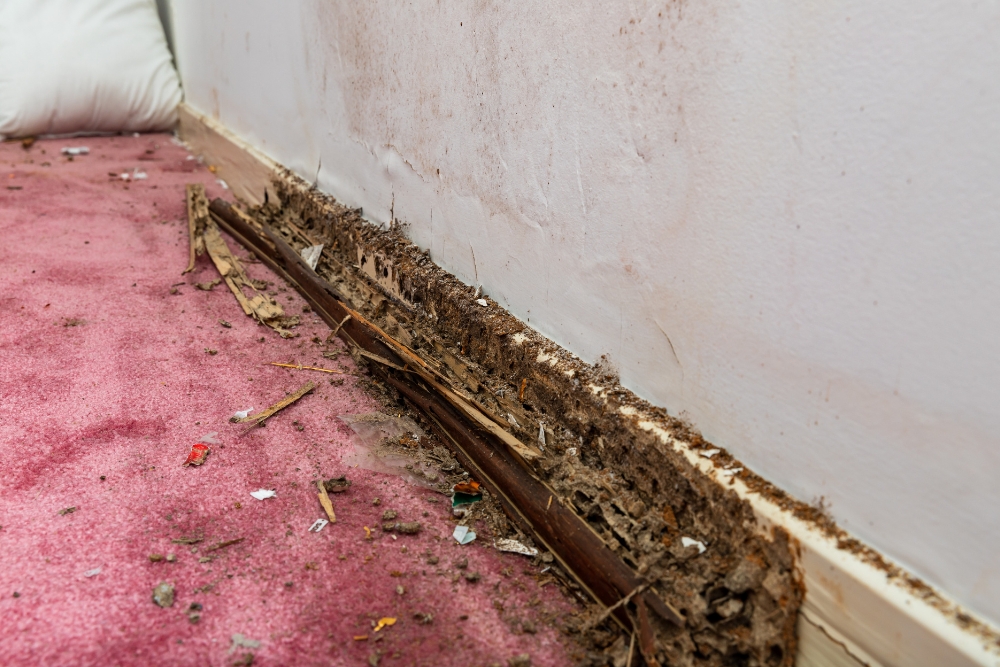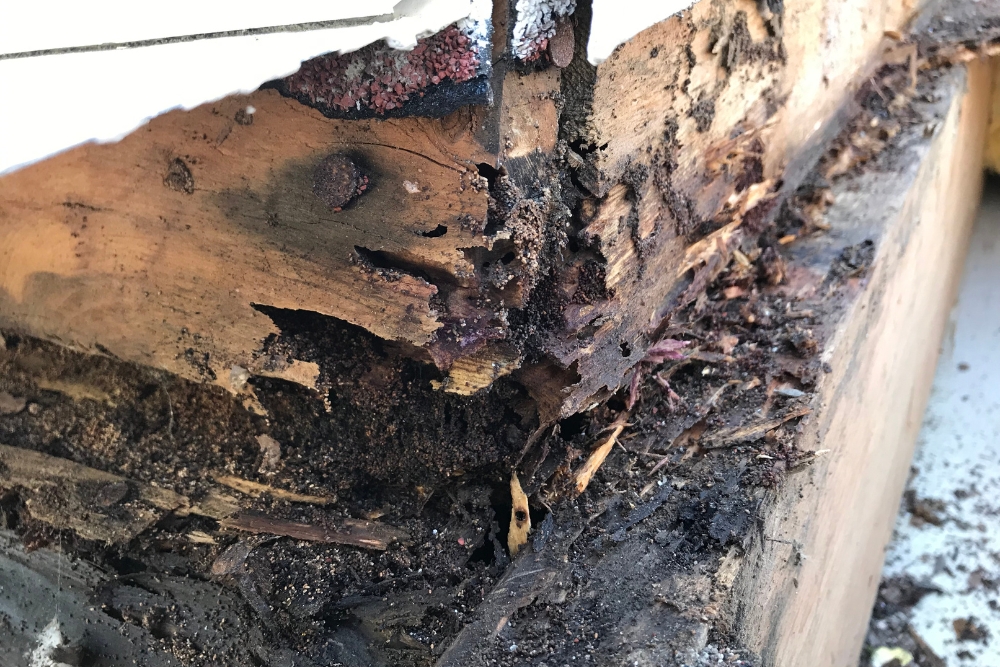Safeguarding structures from pests and damage is crucial for homeowners in Australia. Building and pest inspections play a vital role in this process, offering a way to detect problems before they worsen. These assessments help protect investments by spotting issues early on and complying with regulations to ensure the safety and longevity of properties. With skilled inspectors employing advanced tools, hidden threats are uncovered, making sure investments remain secure.
Considering the environment is also key; sustainable pest control methods are prioritised during these evaluations. Additionally, detailed reports from these inspections can provide insurance benefits, covering unforeseen damages. We understand the importance of keeping our homes safe and sound through regular checks. The advantages range from identifying structural problems to ensuring compliance with building codes and detecting termite infestations.
Preparing for such an inspection involves choosing qualified inspectors and understanding the report they provide afterwards. In our journey together through this article, we aim to explore not just how these inspections work but also how you can make the most out of them—from gaining negotiation power in real estate deals to planning treatments and prevention strategies for future peace of mind. Read on!
Key Takeaways
- Regular building and pest inspections spot issues early, saving homeowners from costly damage.
- Compliance with regulations through inspections ensures the safety and longevity of properties.
- Skilled inspectors use advanced tools to uncover hidden threats, protecting your investment.
- Environmental considerations play a big part in inspections, aiming for sustainable pest control methods.
- Insurance benefits tied to thorough reports offer protection against unforeseen damages.
The Importance of Building and Pest Inspections
The significance of building and pest inspections cannot be overstated when it comes to protecting what is often the largest investment most people make in their lifetime: their home.
These inspections act as a shield, not only safeguarding your financial investment but also ensuring that the property complies with local building and health regulations, thereby avoiding potential fines and legal complications.
The peace of mind that comes with knowing your property is structurally sound and free from destructive pests like termites is invaluable.
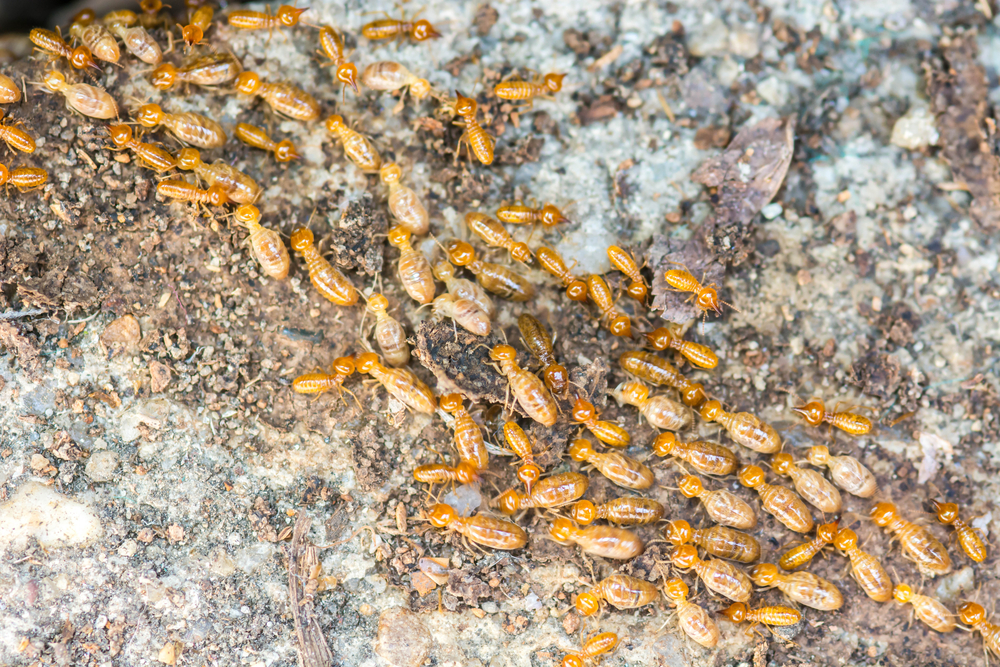
Early detection through these inspections can reveal hidden issues that, if left unaddressed, could compromise the property’s structural integrity and lead to costly repairs. Furthermore, identifying potential health and safety hazards early on—such as mould growth encouraged by pest-related moisture or structural weaknesses that could result in injury—protects not only your investment but the well-being of those who occupy the property.
Protecting Your Investment
Our homes and properties represent a major financial commitment for most of us. Safeguarding this investment becomes crucial, especially in regions prone to pest infestations. Regular building and pest inspections help spot issues early on, averting potential damage that could devalue our property.
We focus on termite detection, structural assessment, and ensuring the overall integrity of our buildings through these inspections. By investing in routine checks, we safeguard our property and enhance its value over time. We ensure that any risk of pest control problems or structural damages is identified and treated promptly.
This proactive approach helps in maintaining the longevity of our homes and preserves their market value. Moving forward, early detection plays a significant role in protecting our investments effectively.
Early Detection
Early detection of potential pest infestations or structural issues is crucial for safeguarding our homes and investments. Regular property inspections can help in identifying any early signs of pest hotspots, allowing for prompt treatment and prevention strategies.
By detecting these issues early on, homeowners can save significantly on repair costs and ensure the integrity of their properties.
Pest inspectors play a vital role in meticulously examining every nook and cranny, using specialised tools to uncover hidden threats before they escalate. Building inspectors also contribute by assessing structural vulnerabilities that may lead to costly damages if left unchecked.
Compliance with Regulations
Compliance with regulations is a fundamental aspect of safeguarding structures, as it ensures that all building and pest inspection activities adhere to the required standards. This not only upholds the integrity of the property but also contributes to maintaining its value over time.
By complying with regulations, we promote a safe and healthy living environment for homeowners while meeting the legal requirements set forth by local authorities. Through consistency in compliance, we lay the groundwork for enhanced property preservation and risk management.
Regarding property safeguarding, compliance with regulations underpins all building and pest inspections. It assures our homes’ structural integrity is maintained whilst adhering to standards outlined by regulatory bodies governing these practices.
Health and Safety
Ensuring the health and safety of occupants, inspectors, and technicians is paramount during building and pest inspections. This involves using protective gear when entering confined spaces or handling chemicals to mitigate potential hazards.
Moreover, maintaining a safe environment throughout the inspection process contributes to safeguarding everyone involved from preventable accidents.
Compliance with proper safety protocols not only protects individuals but also upholds professional standards in the industry. Prioritising health and safety underscores our commitment to ensuring a secure environment for all stakeholders involved in these essential evaluations.
Environmental Considerations
When conducting building and pest inspections, we actively assess the impact of these assessments on the environment. This assessment helps in identifying any potential environmental hazards or risks that may arise from pests, termites, or structural issues within a property.
By considering the environmental implications, we aim to promote sustainable practices and minimise any adverse effects on local ecosystems.
Engaging in environmentally friendly pest prevention measures is paramount for homeowners and inspectors alike. These efforts contribute to preserving natural habitats and protecting wildlife by preventing contamination from pesticides and other harmful substances often associated with pest control.
Insurance Benefits
Insurance benefits are a crucial aspect of building and pest inspections, providing homeowners with the peace of mind that their investment is protected. In the event of unforeseen damages due to pests or structural issues, having comprehensive insurance coverage can safeguard against financial burdens.
Additionally, insurance benefits play a pivotal role in compliance with regulations and ensuring safety within the property, aligning with environmental considerations. Australian homeowners should consider how insurance benefits underpin long-term investment protection and provide essential documentation for potential claims.
For building inspectors and pest inspectors, understanding the insurance benefits associated with inspections is vital when offering professional expertise to clients. It allows them to assure homeowners of the value of leveraging insurance claims based on thorough inspection reports.
Professional Expertise
Our team of professional building and pest inspectors brings extensive expertise to every inspection. With a deep understanding of Australian building codes and regulations, we are equipped to identify potential structural issues, as well as detect hidden pest hotspots that could threaten the integrity of your property.
Our thorough examinations ensure that your investment is safeguarded, providing you with peace of mind and the knowledge needed to make informed decisions about maintenance or repairs.
We deliver comprehensive reports that outline any issues found during our inspections, allowing you to take proactive steps to preserve the value of your property.
In addition to our technical knowledge, we pride ourselves on excellent communication skills. We take the time to explain our findings in clear and simple terms, answering any questions you may have throughout the process.
Peace of Mind
Inspections not only detect issues but also provide peace of mind for homeowners. Knowing that your property has been thoroughly examined and is free from pests and structural weaknesses can bring a sense of security.
It’s crucial to feel confident about the safety and longevity of your investment, which is why building and pest inspections are essential for preserving property value.
The Key Benefits of Building and Pest Inspections
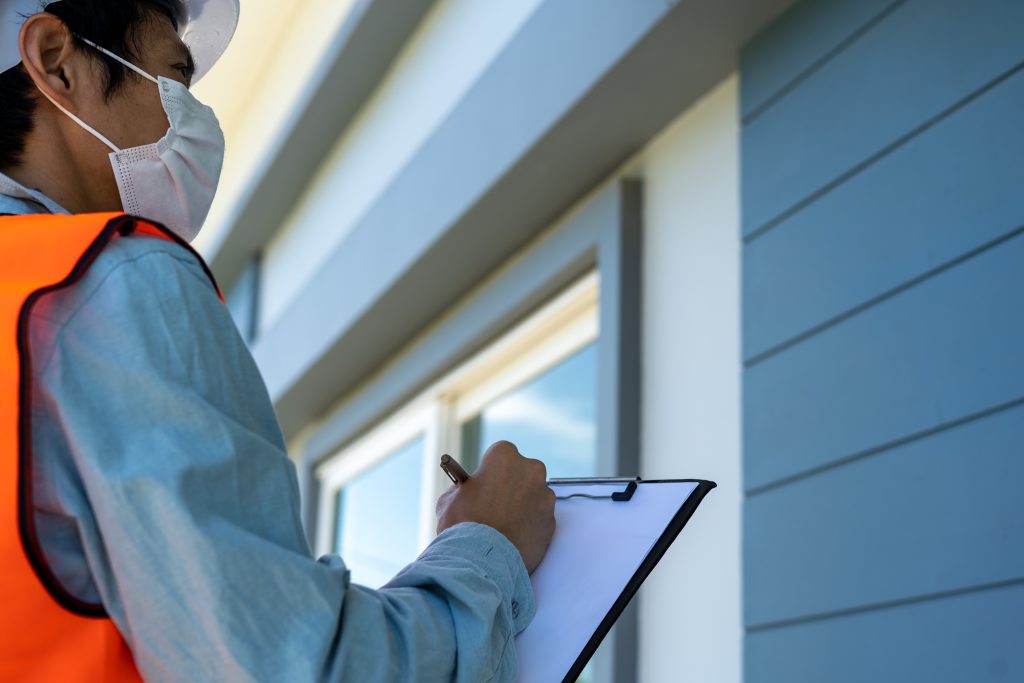
The key benefits of building and pest inspections extend far beyond the initial identification of apparent issues; they delve into uncovering structural problems and potential pest infestations that could compromise the integrity and safety of the property.
By thorough examination, these inspections ascertain that the building adheres to the necessary safety standards and complies with local building codes, which is paramount for both the seller’s and buyer’s peace of mind.
For sellers, conducting these inspections before listing the property can provide critical information that might influence the sale price or identify necessary repairs to make the property more marketable.
Conversely, for buyers, these inspections serve as a pivotal resource for making informed decisions, revealing hidden issues that could affect their offer or their willingness to proceed with the purchase.
Ultimately, the insights gained from building and pest inspections empower stakeholders with the knowledge needed to negotiate effectively, ensuring a fair transaction and safeguarding the investment from unforeseen costs and hazards.
Identifying Structural Issues
Identifying structural issues is crucial for maintaining the integrity of your property. By uncovering potential weaknesses in the building’s framework, you can address them proactively and prevent more extensive damage down the line.
A thorough building and pest inspection will reveal any signs of structural deterioration, such as cracks, dampness, or sagging floors. These findings provide valuable insights into necessary repairs and maintenance, ensuring that your home remains a safe and sturdy environment for your family.
Building inspectors equipped with knowledge about local construction practices can pinpoint structural issues effectively, empowering homeowners to take timely action.
Ensuring Safety
Transitioning from identifying structural issues to ensuring safety is paramount for homeowners and their families. Regular building and pest inspections play a crucial role in guaranteeing the safety of your home environment.
Identifying potential hazards such as electrical faults, unstable structures, or pest infestations ensures that necessary actions are taken promptly to safeguard against accidents or deteriorating conditions.
Inspections not only provide peace of mind but also ensure that you can maintain a secure living space for yourself and your loved ones.
Compliance with Building Codes
Ensuring Safety is crucial, and so is Compliance with Building Codes. Adhering to these codes helps guarantee that your property meets the necessary standards for structural integrity, safety, and environmental impact.
When properties comply with building regulations, it promotes a safe environment for occupants and ensures that the construction is resilient to potential pests and other risks. Proper compliance also safeguards against legal issues that may arise due to non-adherence.
Building inspectors play a vital role in evaluating structures for code compliance. Their expertise provides homeowners with peace of mind about the safety and longevity of their investment.
Detecting Pest and Termite Infestations
Detecting pest and termite infestations is crucial for safeguarding our properties. Identifying signs of pest or termite activity early on can save homeowners from costly structural damage.
Through regular building and pest inspections, potential issues can be identified before they escalate, ensuring the safety and longevity of our homes. Pest inspectors play a key role in thoroughly assessing any existing infestations and determining the best course of action to mitigate these risks effectively.
Homeowners, alongside building inspectors, should remain vigilant in detecting any possible signs of pest or termite infiltrations within their properties to ensure timely intervention.
Pre-sale or Pre-purchase Information
Before purchasing a property or putting your home on the market, thorough building and pest inspections are crucial. These assessments provide valuable insights into the current condition of the structure and potential pest issues.
For prospective buyers, this information helps in negotiating a fair price for any necessary repairs or treatments that may be required post-purchase. Sellers benefit from being proactive by addressing any concerns raised during inspections to ensure a smooth sales process.
During pre-sale or pre-purchase inspections, homeowners and potential buyers gain insight into any structural weaknesses and identify existing termite or pest infestations that could affect the property’s value.
Budgeting for Repairs
Setting aside funds for repairs after a building and pest inspection is crucial for Australian homeowners. Identifying structural issues or pest infestations allows us to allocate resources efficiently, preventing small problems from escalating into expensive emergencies.
For building inspectors, explaining the potential repair costs documented in the report helps homeowners prepare and plan accordingly. Pest inspectors can also outline treatment expenses based on their findings, enabling homeowners to budget effectively for ongoing protection against infestations.
Australian homeowners benefit from understanding potential repair costs identified during inspections as it prepares them for necessary maintenance while safeguarding their investment.
Negotiation Leverage
Building and pest inspections provide homeowners with valuable negotiation leverage in real estate transactions. By uncovering any structural issues, safety concerns, or pest infestations, these inspections arm you with crucial information to negotiate repairs or price adjustments before finalising a sale.
With a comprehensive inspection report as evidence, you can confidently advocate for necessary fixes and ensure that your investment is safeguarded. This negotiation power helps you make informed decisions and protect the value of your property for the long term, ensuring peace of mind throughout the process.
Insurance Claim Documentation
Documentation of insurance claims involves gathering and organising all relevant information to support your claim. This includes providing detailed reports from building and pest inspections, photographs, receipts for repairs or treatments, and any other documentation requested by your insurance provider.
Proper documentation is crucial in ensuring that your claim is processed smoothly and that you receive the maximum benefits entitled to you under your insurance policy.
When preparing insurance claim documentation, it’s important to be thorough and accurate. Ensure that all evidence is well-documented and presented to provide a comprehensive picture of the damage or infestation.
Long-term Investment Protection
Building and pest inspections play a crucial role in safeguarding your long-term investment. Detecting structural issues, such as termite infestations or hidden damage, early on not only ensures the safety of your property but also safeguards its value.
By identifying potential problems proactively, you can make informed decisions to protect your investment for the long haul. Additionally, having detailed inspection reports at hand provides valuable documentation for insurance claims in case of unforeseen events that could affect your property.
Furthermore, understanding the true condition of your property through building and pest inspections empowers you with negotiation leverage during real estate transactions. This knowledge allows you to budget effectively for any necessary repairs and plan future prevention strategies, contributing to the long-term protection of your investment.
The Detailed Process of Building and Pest Inspections
Initiating the process of building and pest inspections starts with selecting highly qualified inspectors who bring both credentials and experience to the table, ensuring a thorough and professional assessment of the property.
Preparation for the inspection involves the homeowner ensuring access to all areas of the property, including attics, basements, and crawl spaces, which allows inspectors to conduct an exhaustive review without obstructions.
The inspection itself includes a comprehensive visual examination to identify any obvious signs of damage or infestation, followed by an in-depth analysis utilising specialised tools such as moisture meters and thermal imaging to uncover hidden issues.
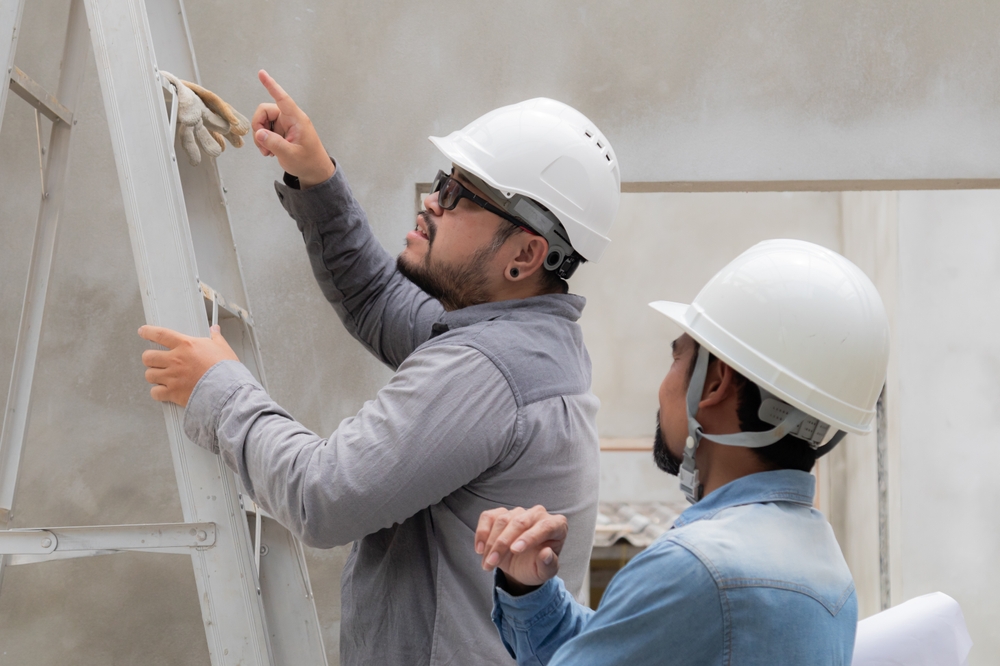
After the inspection, a meticulous documentation process takes place, wherein inspectors compile their findings into a detailed report that outlines the condition of the property, including any potential problems or concerns. This report is crucial for the homeowner or prospective buyer, as it provides a clear understanding of the property’s status and any necessary steps or repairs that should be considered to ensure the building’s integrity and safety.
Choosing Qualified Inspectors
When selecting qualified inspectors, it is crucial to research their experience and qualifications. Look for licensed professionals with a proven track record in building and pest inspections.
Seek out inspectors who are knowledgeable about local building codes and regulations, as well as the specific pests common in your area. Additionally, consider the inspector’s reputation within the industry and their ability to provide thorough and accurate reports.
It is advisable to choose inspectors who use advanced tools and technologies for a comprehensive examination of your property. Ensure that they offer detailed documentation of their findings, complete with clear explanations of any issues identified.
Preparing for the Inspection
Preparing for a building and pest inspection requires attention to detail and thoroughness. Here are the steps to ensure you’re ready for the inspection:
- Clear access to all areas of the property, including crawlspaces and attics, should be provided.
- Make sure all utilities such as water, gas, and electricity are turned on for the inspector to assess all systems effectively.
- Remove any clutter or obstacles that might obstruct the inspector’s view of critical areas.
- Prepare a list of any specific concerns or observations you have about the property to discuss with the inspector during the inspection.
- Plan to be present during the inspection so that you can ask questions and gain a better understanding of any issues identified.
- Ensure that pets are secured or removed from the property during the inspection for safety and efficiency.
- If possible, gather any documentation related to past renovations, repairs, or pest treatments for reference during the inspection.
In-Depth Inspection Using Tools
Transitioning from conducting a visual examination to an in-depth inspection using tools allows us to delve deeper into the structural integrity of the building. Here’s what it entails:
- Utilising moisture meters, thermal imaging cameras, and borescopes to identify hidden issues within the structure.
- Conducting comprehensive termite inspections using acoustic probes and motion sensors for accurate detection.
- Employing boroscopes to examine concealed spaces, such as wall cavities and crawl spaces, for potential pest infestations.
- Using laser levels and measuring tapes to assess deviations from plumb and level within the building’s framework.
- Employing sound detection devices to pinpoint the presence of termites within walls and timber structures.
- Analysing electrical systems with infrared cameras to identify potential fire hazards caused by rodent activity or faulty wiring.
- Assessing drainage systems using sewer cameras to detect blockages that may attract pests or cause structural damage.
This thorough use of tools ensures a comprehensive inspection that uncovers even the most concealed issues within a property.
Conducting a Visual Examination
During a visual examination, inspectors scrutinise the exterior and interior of the premises for any signs of structural damage, moisture intrusion, or pest activity. We carefully observe walls, ceilings, floors, windows, doors, and other visible components to identify possible issues that may require further investigation.
We aim to provide homeowners with a comprehensive assessment of potential problem areas and offer valuable insights into safeguarding their properties against intrusive pests.
Inspectors also pay close attention to landscaping features near the building as they can influence pest activity. By meticulously examining these factors during our visual inspection process, we ensure an effective early detection strategy to protect your investment from costly repairs or structural compromises caused by pests or environmental elements.
Documentation Process
Transitioning from conducting an in-depth inspection using tools to the documentation process, it’s crucial for all involved parties – homeowners, building inspectors, and pest inspectors – to understand how vital the documentation process is.
After a comprehensive inspection, documenting findings accurately is paramount. This includes detailing any structural issues, signs of pest infestations or damage, as well as recommendations for further action. The documentation should be detailed enough to serve as a reliable reference for future decision-making and necessary actions.
The process involves meticulously recording the observations and insights gathered during the inspection phase clearly and understandably. This documentation must capture not only current issues but also provide insight into potential future concerns or required maintenance efforts.
Understanding the Report
Understanding the report from your building and pest inspection is crucial. It provides detailed findings on the condition of your property, including any structural issues or pest infestations.
The report will clearly outline any areas that require attention, allowing you to prioritise necessary repairs or treatments. As homeowners, this information empowers informed decision-making regarding your property investment and future maintenance needs.
Pest inspectors play a critical role in providing comprehensive reports, detailing any signs of termite activity or other pests. These reports are valuable tools for homeowners seeking to protect their homes from potential damage and ensure the safety of their families.
Making the Most of Building and Pest Inspections
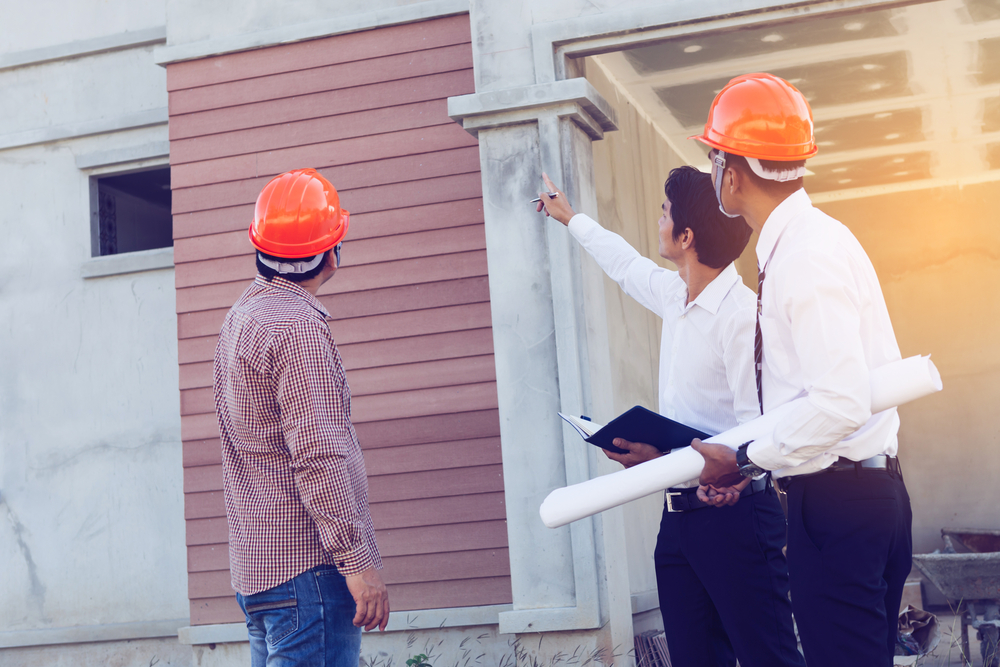
Utilising building and pest inspections can significantly enhance your position in real estate transactions by providing detailed insights into the property’s current condition, thereby granting you the upper hand in negotiations.
By identifying any issues or infestations early on, you also have the invaluable opportunity to plan and implement effective treatment solutions promptly, avoiding the escalation of minor problems into costly repairs.
Furthermore, these inspections enable you to strategise for future prevention, allowing you to protect your investment from potential threats by implementing long-term maintenance and monitoring plans.
Gaining a thorough understanding of the intricacies involved in these inspections can help you to fully capitalise on their benefits, ensuring that your property remains both valuable and appealing to current or prospective owners.
Ultimately, making the most of building and pest inspections not only secures your financial investment but also ensures the safety and durability of the property over time.
Negotiating Power in Real Estate Transactions
Building and pest inspections provide valuable leverage in real estate negotiations. Identifying potential issues through a professional inspection report arms homeowners with the knowledge needed to negotiate effectively.
This can lead to more favourable contract terms, such as price adjustments or repairs by the seller before the sale is finalised. Furthermore, presenting comprehensive inspection findings gives buyers confidence in their position during negotiations.
Pest inspectors and building inspectors play crucial roles in providing unbiased information that strengthens both parties’ negotiating positions. Their reports serve as tangible evidence that can sway discussions and help reach mutually beneficial agreements.
Planning for Treatment
Planning for treatment involves the following essential steps:
- Assess the Severity of Infestation: Thoroughly evaluate the extent of pest or termite infestation within the property to determine the appropriate treatment plan.
- Choosing the Right Treatment Method: Select an effective and safe treatment method tailored to address the specific type and severity of pest infestation.
- Cost Estimation: Obtain detailed cost estimates for the chosen treatment options, considering potential follow-up treatments, if required.
- Timely Execution: Once a treatment plan is finalised, promptly schedule and carry out the necessary procedures to mitigate pest-related issues.
- Regular Monitoring: Implement a post-treatment monitoring strategy to ensure effectiveness and prevent future infestations.
By effectively planning for treatment, homeowners can safeguard their properties from potential damage caused by pests and termites.
Future Prevention Strategies
To safeguard your home for the future, consider implementing the following prevention strategies:
- Regular Inspections: Schedule regular building and pest inspections to identify any potential issues before they escalate.
- Moisture Control: Keep your home dry by fixing leaks, improving ventilation, and using dehumidifiers to prevent moisture-related problems like mould and termite infestations.
- Sealing Entry Points: Seal cracks, gaps, and openings to prevent pests from entering your home, reducing the risk of infestation.
- Landscaping Maintenance: Trim vegetation away from your home to minimise pest access and remove potential habitats for pests such as termites.
- Educational Resources: Stay informed about pest control methods and best practices for maintaining a pest-free environment in and around your home.
- Professional Pest Control Services: Consider engaging professional pest control services for preventive treatments to protect against potential infestations.
Choosing the Right Inspection Service
When selecting a suitable inspection service, we recommend:
- Researching different inspection companies to compare their qualifications, experience, and customer reviews.
- Checking that the service is licensed, insured, and accredited by relevant industry bodies such as the Australian Institute of Building Inspectors or similar organisations.
- Inquiring about the inspector’s expertise in identifying both building defects and pest infestations, ensuring a comprehensive assessment.
- Requesting sample reports to evaluate the thoroughness and clarity of their documentation.
- Seeking referrals from friends, family, or real estate professionals who have had positive experiences with inspection services.
- Ensuring that the chosen service accommodates your schedule and provides timely results to meet transaction deadlines.
- Communicating openly with the inspector to ensure they understand your specific concerns and priorities for the inspection.
These steps will help you select an inspection service that meets your needs and gives you confidence in safeguarding your property.
Call Us!
Building and pest inspections play a crucial role in safeguarding structures. The practical strategies discussed here are easy to implement and highly efficient. Implementing these approaches can lead to significant improvements in protecting your investment, ensuring compliance with regulations, and detecting pest infestations early on.
For further guidance or assistance, consider seeking the expertise of qualified inspectors who can provide tailored solutions for your specific needs. Let’s remember that safeguarding our structures is essential for long-term protection and peace of mind.
